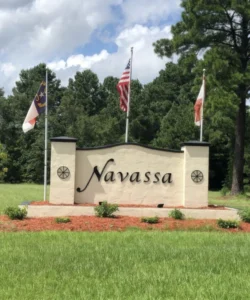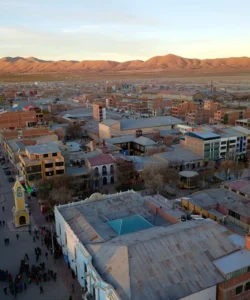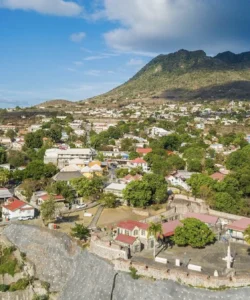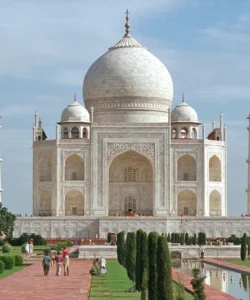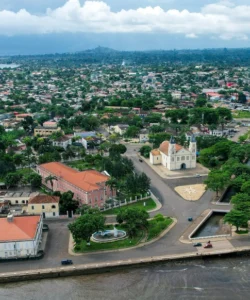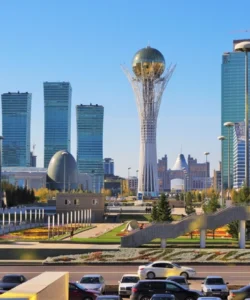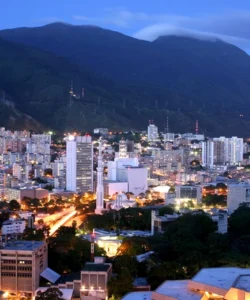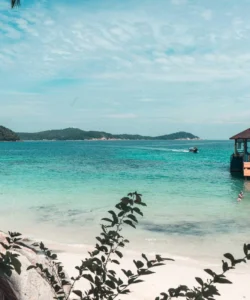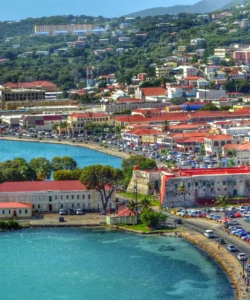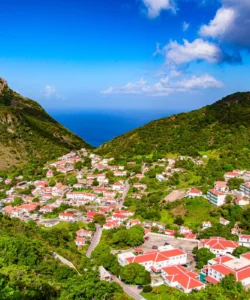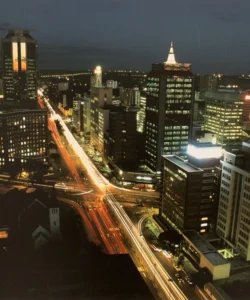Madagascar, the world’s fourth-largest island, is a unique and diverse country located off the southeastern coast of Africa in the Indian Ocean. It’s renowned for its incredible biodiversity, much of which is found nowhere else on Earth.
![]()
Area and Population:
- Area: Approximately 587,041 sq km (or 590,000 sq km), with a long coastline of 5,603 km.
- Population: Around 32.7 million (as of 2025).
Capital and Major Cities:
- Capital: Antananarivo (often referred to as “Tana”), with a population of approximately 1.39 million.
- Other Major Cities: Toamasina, Antsirabe, Fianarantsoa, Mahajanga, Toliara, Antsiranana.
Language:
- Official Languages: Malagasy and French.
- English is also spoken, particularly in tourist areas.
Currency:
- Currency: Malagasy Ariary (MGA).
- Euros are widely accepted in many places, and US dollars are sometimes accepted in Antananarivo and major tourist areas. ATMs are available in major towns but may have withdrawal limits and often only accept Visa cards.
Religion:
- Dominant Religions: Christianity (primarily Protestantism and Catholicism) is the largest religion, practiced by around 85% of the population.
- Traditional faiths are also significant, practiced by about 4.5% of the population, often intertwined with Christian beliefs.
- Islam is also present.
Attractions and Wonders:
Madagascar is a treasure trove of natural wonders and unique attractions:
- National Parks & Reserves:
- Tsingy de Bemaraha National Park: Famous for its dramatic limestone karsts (tsingy) and unique ecosystems.
- Avenue of the Baobabs: An iconic dirt road lined with ancient and majestic baobab trees, particularly stunning at sunrise or sunset.
- Andasibe-Mantadia National Park: Home to the Indri, Madagascar’s largest lemur, known for its distinctive call.
- Isalo National Park: Often called “Madagascar’s Grand Canyon,” featuring diverse landscapes, natural pools, and various lemur species.
- Ranomafana National Park: A rainforest wonderland with high biodiversity, including lemurs, birds, and chameleons.
- Ankarana Special Reserve: Known for its extensive underground caves, waterfalls, and unique wildlife.
- Kirindy Forest: A must-visit for nocturnal wildlife encounters.
- Montagne d’Ambre National Park: An extinct volcano with fantastic animals and plants.
- Coastal & Island Destinations:
- Île Sainte-Marie: A tropical island getaway, popular for whale watching (June to September), snorkeling, and diving.
- Nosy Be: Madagascar’s foremost tropical beach destination, offering scuba diving, snorkeling, and other water sports.
- Mahajanga: Features a beach promenade, hiking trails, and the Ampijoroa Forestry Reserve.
- Ifaty & Anakao: Coastal areas popular for diving, snorkeling, and traditional fishing villages.
- Cultural and Historic Sites:
- Antananarivo: Explore the Haute-Ville (Upper Town) for colonial architecture and the vibrant Analakely Market.
- Ambohimanga: A royal hill with historic palaces and tombs, a UNESCO World Heritage Site near Antananarivo.
- Ambalavao: Known for its traditional papermaking and silk production.
Architecture:
Malagasy architecture is diverse, reflecting the island’s varied resources and cultural influences.
- Highlands: Traditional houses (often called “trano gasy”) are typically made of raw earth with straw or tiled roofs. Older urban and rural homes feature a single story with a wooden veranda supported by columns. Modern houses in cities often use concrete.
- Coasts: Houses, known as “casa” or “trano falafa,” are often built on stilts using plant materials like ravinala (traveler’s tree) for walls and roofs, and rapaka (tree trunk) for flooring. Different regions use specific plants; for example, the east relies on ravinala, the southwest on rushes, the west on palm trees, and the north on raffia.
- Other Influences: Traces of Indian and even rare Japanese architectural styles can be found, particularly in decorative patterns and elements like steep roofs and sliding doors.
Roads:
Madagascar’s road network is extensive, with approximately 557.1 thousand km of roads (based on OpenStreetMap data). However, the quality of roads can vary significantly, with many rural roads being unpaved and challenging to navigate, especially during the rainy season. Travel outside Antananarivo often requires patience due to road conditions.
Hotels:
Accommodation options range from budget-friendly lodges to luxurious resorts, especially in popular tourist areas like Nosy Be. Some top-rated hotels and resorts include:
- Andilana Beach Resort (Nosy Be)
- Ravintsara Wellness Hotel (Nosy Be)
- Anjiamarango Beach Resort (Nosy Be)
- Royal Andilana Resort & Spa (Nosy Be)
- Manga Soa Lodge (Nosy Be)
- Anjajavy l’Hôtel (remote, exclusive)
- Time + Tide Miavana (private island paradise)
Restaurants and Cuisine:
Malagasy cuisine is a flavorful fusion of Southeast Asian, African, Indian, Chinese, and European influences. Rice (vary) is a staple, accompanying most meals.
- Signature Dishes:
- Romazava: Madagascar’s national dish, a meat stew (beef, pork, or chicken) with leafy green vegetables and spices, typically served with rice.
- Ravitoto: Pounded cassava leaves cooked with pork or zebu meat, served with rice and a spicy sauce.
- Lasopy: A hearty vegetable soup, often served as a starter.
- Mofo Gasy: “Malagasy bread,” a sweetened rice flour pancake, popular for breakfast.
- Koba: A sweet treat made from ground peanuts, brown sugar, and rice flour.
- Zebu Dishes: Zebu (a type of cattle) is a common meat, prepared in various ways like “Filet de Zébu au Poivre Vert” (zebu steak with green pepper sauce) or “Brochette de Zébu” (zebu skewers, known as Masikita or Mosakiky).
- Fish in Coconut Sauce: A popular coastal dish, often grilled fish with vegetables and a spicy sauce.
- Recommended Restaurants:
- La Varangue (Antananarivo) – known for upscale Malagasy cuisine.
- Mad Zebu (Belo-sur-Tsiribihina)
- Chez Madame Chabaud (Mahajanga) – especially for seafood.
- Les Bungalows d’Ambonara (Nosy Be)
Annual Travel:
- Peak Season: July to September is the peak time for visitors due to favorable weather for wildlife viewing and whale watching.
- Shoulder Season: May to October offers good conditions and fewer crowds, with September often highlighted as an excellent time to visit.
- Climate: The island experiences a tropical climate, with a hot, rainy season (November to April) and a cooler, dry season (May to October).
- Considerations: Tourism infrastructure is not as developed as in some other destinations, so thoughtful packing (camera, binoculars, comfortable clothes, medications, insect repellent) and an understanding of local customs are essential. A visa is required for most visitors.

